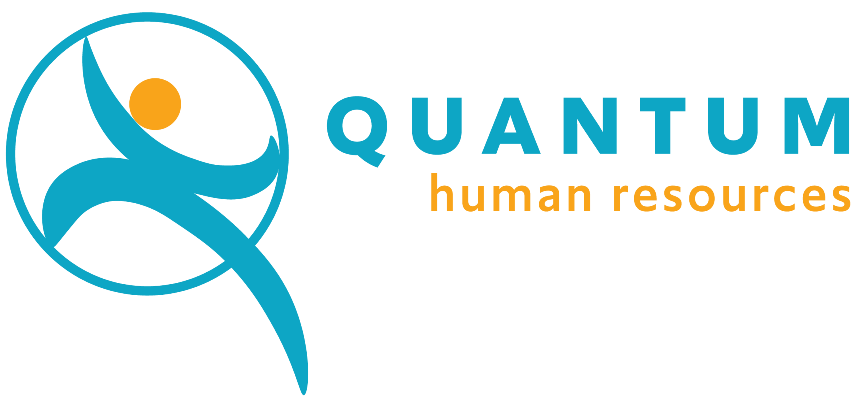by Rob Sheppard
[Approx. 4-minute read]Unless you’ve been off in your fictional time-traveling DeLorean, you’re likely aware that the way we experience work has undergone a massive change thanks to the global COVID pandemic.
Flexible work, online teams, a renewed focus on mental happiness and ‘work/life balance’ are just a few changes of note – and this was on top of the automation that the boffins were talking about as the future of work.
Why worry?
Worrying about the future of work might seem strange in markets where many organisations are struggling just to stay afloat – especially if you’re in a customer / client facing industry like Retail, Healthcare and Hospitality.
However, given that history is littered with here-one-minute-gone-the-next companies, the answer to “why worry?” is simply that it can directly impact how you stay relevant to current and future team members and stay one step ahead of your competitors [in a very tight labour market].

adversity offers opportunity- but only if you’re listening.
a #robservation
Where to start?
Some areas to help you plan the ‘future of work’ at your organisation start with identifying:
- The ‘issues’ your organisation is facing
- A basic plan for the Future of [your] Work
- How you will develop future [dynamic] skills
Let’s look at these three areas in turn…
1. Identify the issues
Prior to the ‘P-demic’, much of the talk was on the need to reskill a human workforce that was at risk of automation.
This issue has not gone away, however, we must now also consider the way humans experience their work (as part of attracting and retaining these invaluable humans).
A very broad brush of issues you might wish to start with include:
- What skills does your organisation need to match future needs?
- Flexibility and work-life experience is now driven at an individual level (especially in high demand skill sets). How are you identifying individual needs?
- How will the organisation measure productivity in a future workplace?
- How are Belonging and Culture impacted by flexible/remote working?
- Will Working From Home (WFH) and obligations under Work Health and Safety (WHS) laws be impacted – especially psychosocial hazards.
- How are leaders being equipped to manage hybrid teams?
- What are the benefits to coming into the workplace? Both human and business benefits.
- Is there time and resources to develop skills internally (versus the time and cost to hire in)?
These questions will hopefully identify a starting point to compare if your current Employee Value Proposition (EVP) is also up to the challenge.
2. Identify the Future of [your] Work
Price Waterhouse Coopers (PWC) recently released an article that says there are FOUR elements to consider when answering the question of how to plan for the Future of Work:
- What kind of work do you do? Work Type relates to new ways of working, from macro and systems-level trends to legal and compliance requirements.
- What kind of workforce do you need? It’s all about having the right capabilities and the right skills in the right place at the right time.
- How does your workplace enable your people? The physical and digital environments where work is structured and undertaken. From an organisation’s real estate strategy to the layout of office space.
- How will you energise and inspire your people? The way in which people experience the purpose, values and culture of the organisation, as demonstrated by their behaviours and engagement.
Read more here: Future of Work (pwc.com.au)
3. Identify how to skill your teams
Gartner believe that leveraging a ‘dynamic skills’ approach to building skills for an organisation is a key part of planning for future work.
They define building ‘dynamic skills’ broadly as:
- Sense shifting skills in real time: Anticipate skill shifts as they are occurring—rather than predicting the future—and adapts to those shifts in an iterative, course-corrective way.
- Develop skills at the time of need: Go beyond traditional learning and development (L&D) tactics, such as classroom training and adapt by leveraging existing resources (e.g., content, people, skill adjacencies).
- Employees make skills decisions dynamically: Create two-way skills transparency between the organisation (e.g., what skills it needs etc) and the employee (e.g., current skills and interests).
Read more here: Gartner HR Research Finds Employees Are Only Applying 54% of Newly Learned Skills
Bringing it together
Once you have addressed the above questions, you’ll be ready to start defining how your people experience their work.
Luckily, a handy document is already at your fingertips to capture this in the form of your Employee Value Proposition (EVP).

And if it’s all still confusing?
If you need help or have a sense this might be a future issue for you and your business, please click the link below and we’ll be happy to speak to you about any ideas this article has raised for you (or your team).
Thanks for reading!

